What Is The Nosepiece On A Microscope?
The nosepiece on a microscope is a rotating mechanism that holds the objective lenses. It allows the user to easily switch between different magnifications by rotating the nosepiece to select the desired objective lens. The objective lenses are the primary lenses on a microscope that magnify the specimen being viewed. The nosepiece typically has four or five objective lenses of varying magnifications, ranging from low to high power. The user can rotate the nosepiece to select the appropriate objective lens for the desired magnification. The nosepiece is an important component of a microscope as it allows for quick and easy adjustments to the magnification, which is essential for observing and studying specimens in detail.
1、 Definition and Function of Nosepiece
The nosepiece on a microscope is a rotating mechanism that holds the objective lenses. It is located below the eyepiece and above the stage. The nosepiece allows the user to easily switch between different objective lenses, which have different magnification powers. The objective lenses are screwed into the nosepiece and can be rotated into place by turning the nosepiece.
The nosepiece is an essential component of a microscope because it allows the user to adjust the magnification of the image being viewed. Different objective lenses have different magnification powers, and by rotating the nosepiece, the user can switch between these lenses to achieve the desired magnification. This is important because different specimens may require different magnifications to be properly viewed and analyzed.
In addition to holding the objective lenses, the nosepiece also helps to maintain the alignment of the lenses. This is important because misalignment can result in distorted or blurry images. The nosepiece ensures that the lenses are properly aligned and that the image remains clear and sharp.
Overall, the nosepiece is a crucial component of a microscope that allows the user to adjust the magnification and maintain the alignment of the objective lenses. Without the nosepiece, it would be much more difficult to view and analyze specimens under a microscope.
2、 Types of Nosepieces
What is the nosepiece on a microscope? The nosepiece is a rotating mechanism located at the bottom of the microscope's body tube that holds the objective lenses. It allows the user to easily switch between different magnifications by rotating the nosepiece to select the desired objective lens.
There are different types of nosepieces available for microscopes, including the quadruple nosepiece, which holds four objective lenses, and the sextuple nosepiece, which holds six objective lenses. Some advanced microscopes even have motorized nosepieces that can automatically switch between objective lenses.
The nosepiece is an essential component of a microscope as it allows for quick and easy changes in magnification, which is crucial for observing different specimens and structures. It also helps to maintain the alignment of the objective lenses, ensuring that the microscope produces clear and accurate images.
In recent years, there has been a trend towards developing more compact and portable microscopes, which has led to the development of miniaturized nosepieces. These nosepieces are designed to hold smaller objective lenses, making them ideal for fieldwork and other applications where portability is important.
Overall, the nosepiece is a critical component of a microscope that allows for easy and efficient changes in magnification, making it an essential tool for scientific research and education.
3、 Components of a Nosepiece
The nosepiece on a microscope is a rotating mechanism that holds the objective lenses. It allows the user to easily switch between different magnifications without having to manually remove and replace lenses. The nosepiece is typically located near the base of the microscope and is easily accessible to the user.
The nosepiece is an essential component of a microscope as it allows for quick and easy adjustments to the magnification level. It is typically designed to hold three or four objective lenses, each with a different magnification level. The user can rotate the nosepiece to select the desired objective lens and adjust the magnification level accordingly.
In recent years, there have been advancements in microscope technology that have led to the development of motorized nosepieces. These nosepieces can be controlled electronically, allowing for even faster and more precise adjustments to the magnification level. This technology has been particularly useful in fields such as biology and medicine, where researchers need to quickly switch between different magnifications to study different aspects of a specimen.
Overall, the nosepiece is a critical component of a microscope that allows for easy adjustments to the magnification level. With the development of motorized nosepieces, researchers can now make these adjustments even faster and more precisely, leading to more accurate and detailed observations of specimens.
4、 How to Use a Nosepiece
The nosepiece on a microscope is a rotating mechanism that holds the objective lenses. It allows the user to easily switch between different magnifications without having to manually remove and replace the lenses. The nosepiece typically has four or five objective lenses of varying magnifications, ranging from low power (4x) to high power (100x or greater).
To use the nosepiece, first, ensure that the lowest power objective lens is in place. Then, rotate the nosepiece until the desired objective lens clicks into place. Once the objective lens is in place, adjust the focus using the coarse and fine focus knobs until the specimen is in clear view.
It is important to note that when changing objective lenses, the microscope may need to be refocused. This is because each objective lens has a different focal length, which affects the distance between the lens and the specimen. Additionally, higher magnification lenses may require the use of immersion oil to improve resolution.
In recent years, advancements in microscope technology have led to the development of motorized nosepieces, which allow for quick and precise switching between objective lenses. These motorized nosepieces are particularly useful in applications such as live cell imaging, where rapid changes in magnification are necessary to capture dynamic cellular processes.





















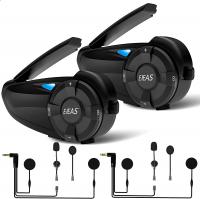
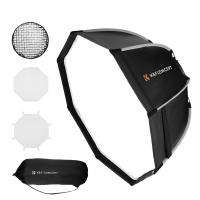

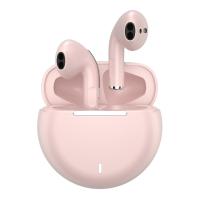




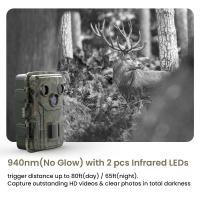
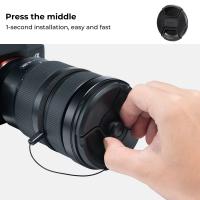

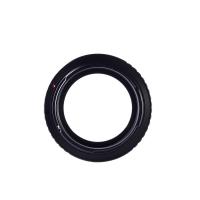

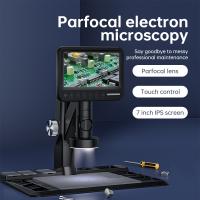
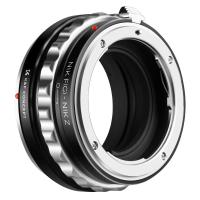

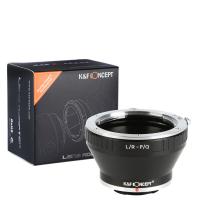
There are no comments for this blog.